Triennale di Milano 23rd: Τα όσα παρουσιάστηκαν στη διεθνή έκθεση με θέμα το “άγνωστο”
DS.WRITER:
Sophia Throuvala
Κεντρική Εικόνα: Portal of Mysteries του Emanuele Coccia | Πηγη: triennale.org | youtube.com
Η Tριενάλε του Μιλάνο, ένας σημαντικός θεσμός για το design στην Ευρώπη και τον κόσμο, ολοκληρώνεται και για φέτος στις 11 Δεκεμβρίου, έχοντας αφήσει θετικές εντυπώσεις. Η διεθνής έκθεση τέχνης και design κατάφερε για μια ακόμα φορά να εντυπωσιάσει με τη μεταφορά σύγχρονων προβληματισμών, τάσεων και θεμάτων που απασχολούν τους σημερινούς δημιουργικούς κλάδους: σχέδιο, αρχιτεκτονική, εικαστικά και παραστατικές τέχνες, στον εκθεσιακό χώρο Parco Sempione.
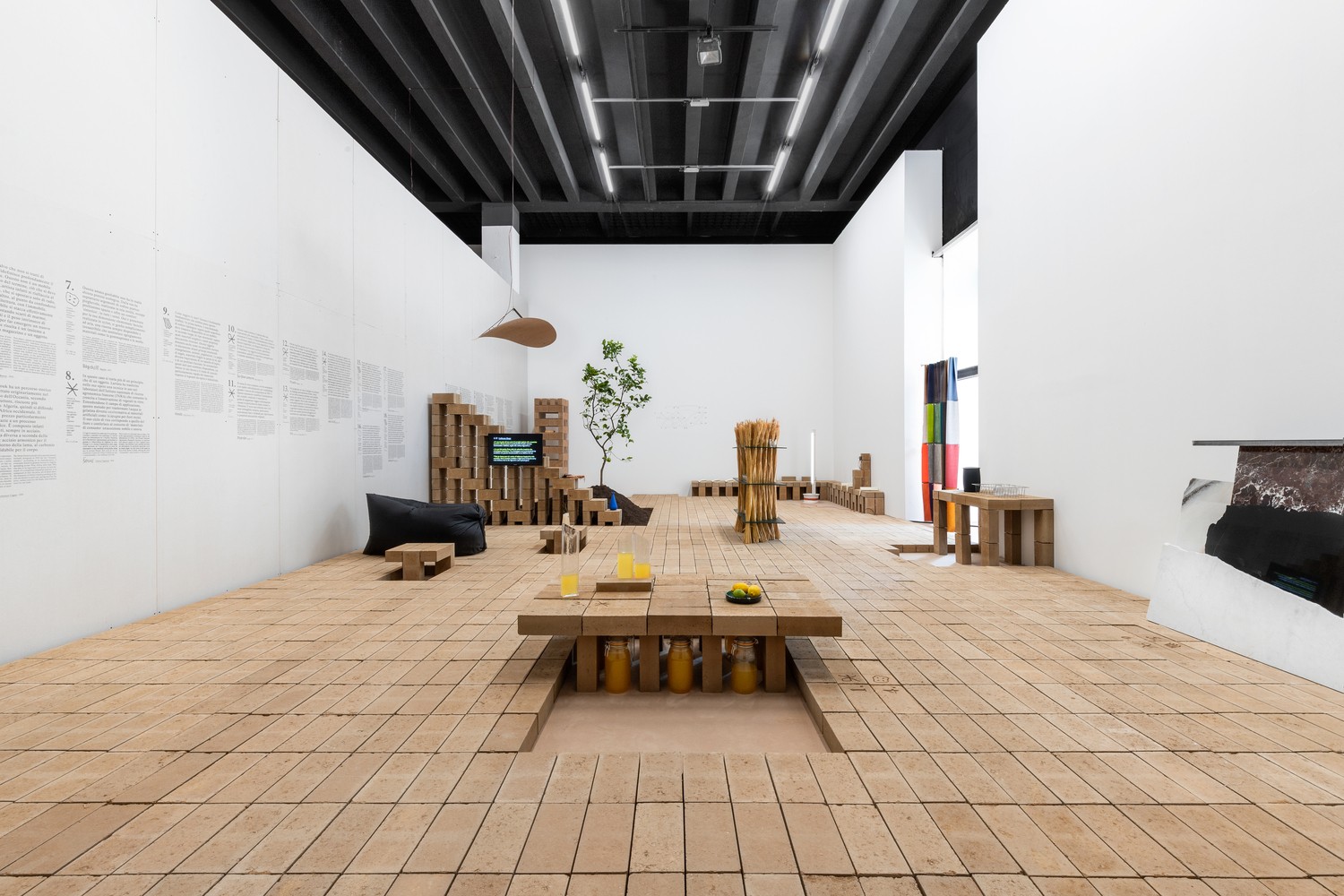
French Pavilion. Image © DSL Studio | Πηγή Εικόνας: archdaily.com
Μπαίνοντας στο Palazzo dell’ Arte του Giovanni Muzio (1931), διαβαίνει κανείς την τοποειδή βιντεοεγκατάσταση Portal of Mysteries του Emanuele Coccia, η οποία λειτουργεί ως ένα ενδιαφέρον καλωσόρισμα στην 23η Διεθνή Έκθεση, που μοιάζει ήδη να αφορά μια φιλοσοφική προσέγγιση του μελλοντικού από έναν φιλόσοφο και όχι designer. Ο ίδιος ο τίτλος της φετινής διοργάνωσης, “Unknown Unknowns”, προϊδεάζει πως πρόκειται για μια εισαγωγή στα μυστήρια και στις προκλήσεις που επιφυλάσσει το μέλλον. Η διεπιστημονικότητα που χαρακτηρίζει την 23η Τριενάλε δίνει το βήμα σε όλους τους πολιτιστικούς και ανθρωπιστικούς κλάδους, να συν-σκεφτούν και να συζητήσουν θέματα φλέγοντα, μέσα από ένα πανόραμα εκδηλώσεων και ομιλιών-συναντήσεων.

Kere's YesterdayTomorrow. Image © DSL Studio | Πηγή εικόνας: archdaily.com
Η αναζήτηση του άγνωστου μέλλοντος και η προσέγγιση αυτού μέσα από τη δημιουργική διαδικασία, δεν είναι απλά μια θεματολογία-ομπρέλα μιας ακόμα έκθεσης. Αντιθέτως, είναι κάτι που ανιχνεύεται στον πυρήνα της ίδιας της επιμελητικής ομάδας και των ειδικοτήτων που την αποτελούν. Συγκεκριμένα, οι κύριοι επιμελητές της έκθεσης είναι η Ersilia Vaudo, αστροφυσικός και επικεφαλής για την ποικιλομορφία στον Ευρωπαϊκό Οργανισμό Διαστήματος (ESA), και ο Francis Kéré, ιδρυτής της Kéré Architecture και νικητής του Pritzker Architecture Prize 2022, του πιο διάσημου διεθνούς βραβείου στον τομέα της Αρχιτεκτονικής. Η Vaudo είναι μια ιδιάζουσα επιλογή, που όμως φέρνει -συμβολικά και πρακτικά- πιο κοντά το επιστημονικό με το δημιουργικό, αφήνοντας περιθώριο για κριτική και στους δύο χώρους. Αντίστοιχα, ο Kéré είναι γνωστός για τις ρεαλιστικές-πραγματιστικές “μακέτες” του, έργα μεγάλης κλίμακας, εμπνευσμένα από τον αφροφουτουρισμό. Από την οργανωτική ομάδα δεν λείπουν ειδικότητες όπως φιλόσοφοι, συγγραφείς, πολεοδόμοι, ερευνητές, ιστορικοί τέχνης και πανεπιστημιακοί, οι οποίοι δίνουν μια διάσταση διακλαδική και βαθιά εξερευνητική του ζητήματος του “αγνώστου”.
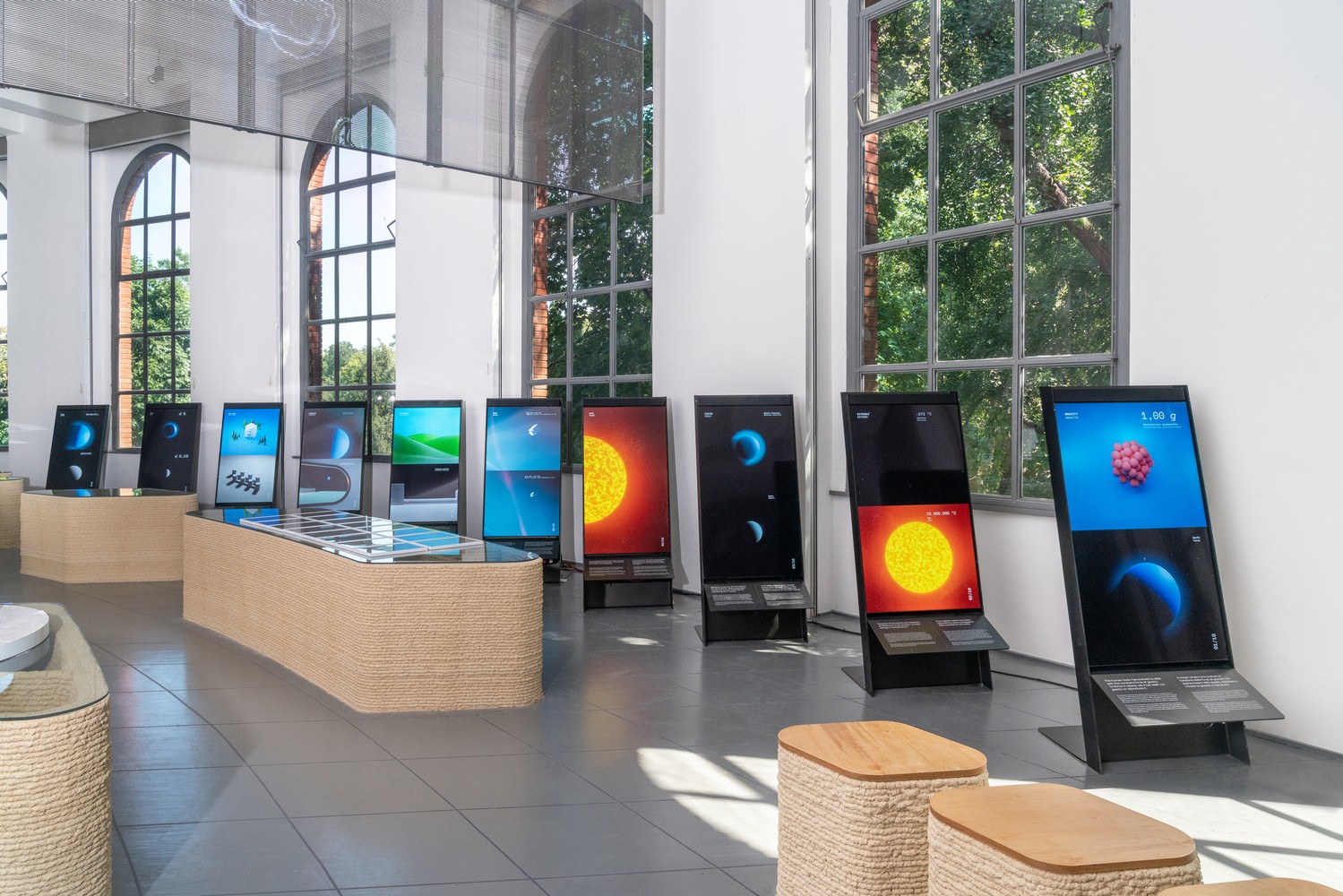
Unknown Unknowns - SOM. Image © DSL Studio | Πηγή εικόνας: archdaily.com
Η ποικιλομορφία του ανθρώπινου δυναμικού στην Triennale γίνεται εμφανής και στα έργα που παρουσιάζονται, τα οποία είναι αποκλίνοντα κι όμως σχετικά. Ξεκινώντας από τα έργα του Francis Kéré και από τον πύργο 12 μέτρων με τίτλο “The Future's Present”, που είναι λαξευμένος με σύγχρονες εκδοχές παραδοσιακών σχεδιαστικών μοτίβων από περιοχές όπως η Μπουρκίνα Φάσο, και φτάνοντας στο επονομαζόμενο "Yesterday's Tomorrow" και το "Under a Coffee Tree" (του ίδιου), βλέπουμε μια έντονη ανάγκη συζήτησης του δυτικοκεντρισμού τέτοιων εκθέσεων, και ότι μια επιμελητική ομάδα μη καθιερωμένη μπορεί και πρέπει να αλλάξει τα δεδομένα!

Πηγή Εικόνας: triennale.org
Αποκλίνουσα αλλά σχετική είναι η εγκατάσταση χωρο-διαμόρφωση “il corridoio rosso” των Giovanni Agosti και Jacopo Stoppa, στην οποία ο ρεαλιστικά αποδοσμένος χώρος ενός palazzo του 20ού αιώνα βυθίζει τον επισκέπτη σε μια αρχιτεκτονική ιστορία, που μπλέκει το ιταλικό και ευρωπαϊκό φαντασιακό με την επιστημονική φαντασία. Ο θεατής αναγκάζεται να μπει σε μια συνθήκη παραπλανητική, που η ιστορία και η παρα-ιστορία τον οδηγούν στον αναστοχασμό του συνειδητού και ασυνειδήτου. Η έξοδος από το έργο γίνεται δια μέσω ενός Ετρουσκικού Τάφου.
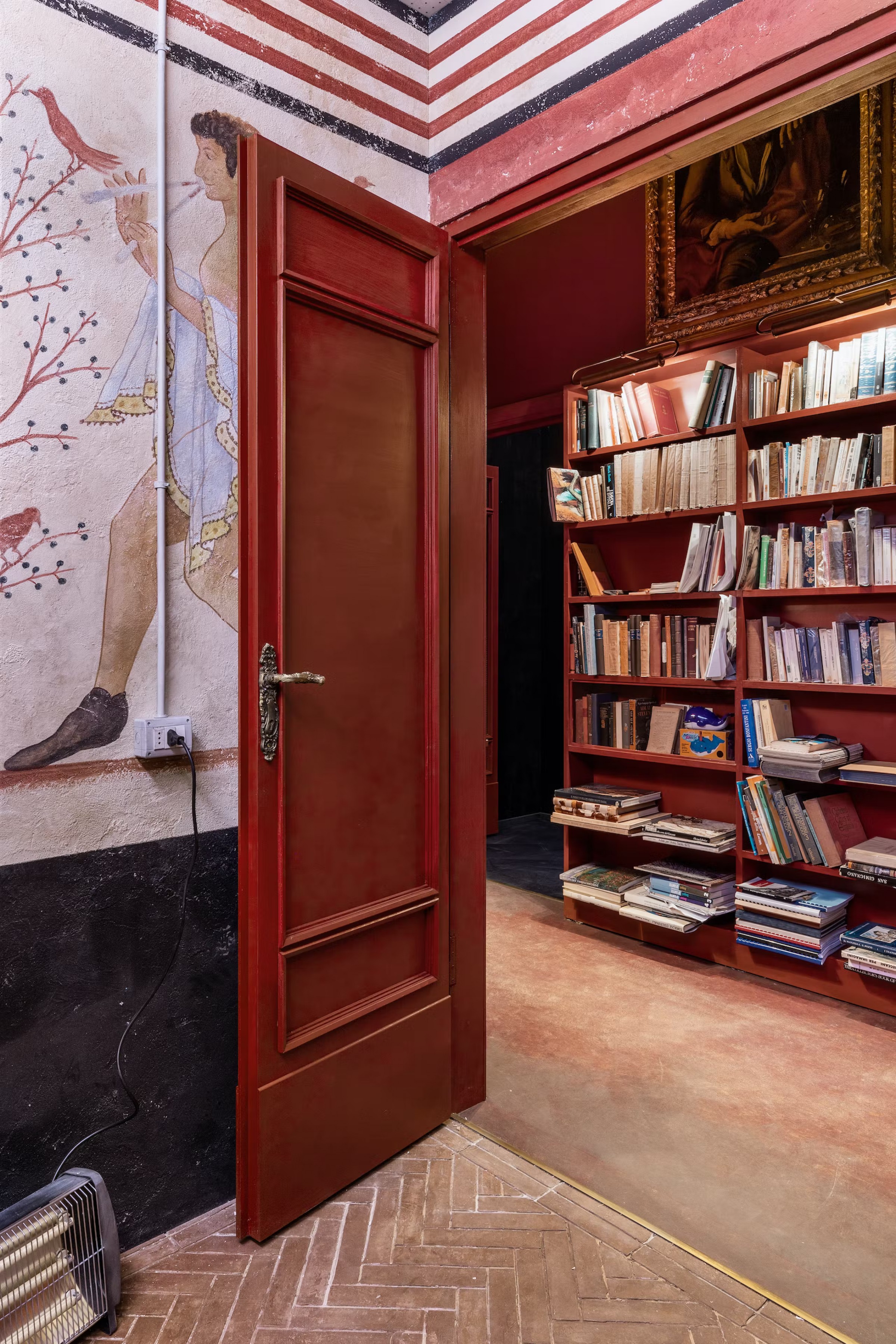
Πηγή Εικόνας: triennale.org
Έντονο είναι και το οικολογικό ζήτημα μέσα από το design. Η Ingrid Paoletti δημιουργεί ένα Αλχημιστικό εργαστήριο, στο οποίο ο θεατής καλείται να αναλογιστεί τη διάθεση της φύσης να “διορθώσει” τα ανθρώπινα λάθη. Το μετουσιωτικό αλχημιστικό -κίτρινο- χρώμα, σύμβολο της αλλαγής, θέτει ερωτήματα στα οποία δεν έχουμε ακόμα απάντηση.
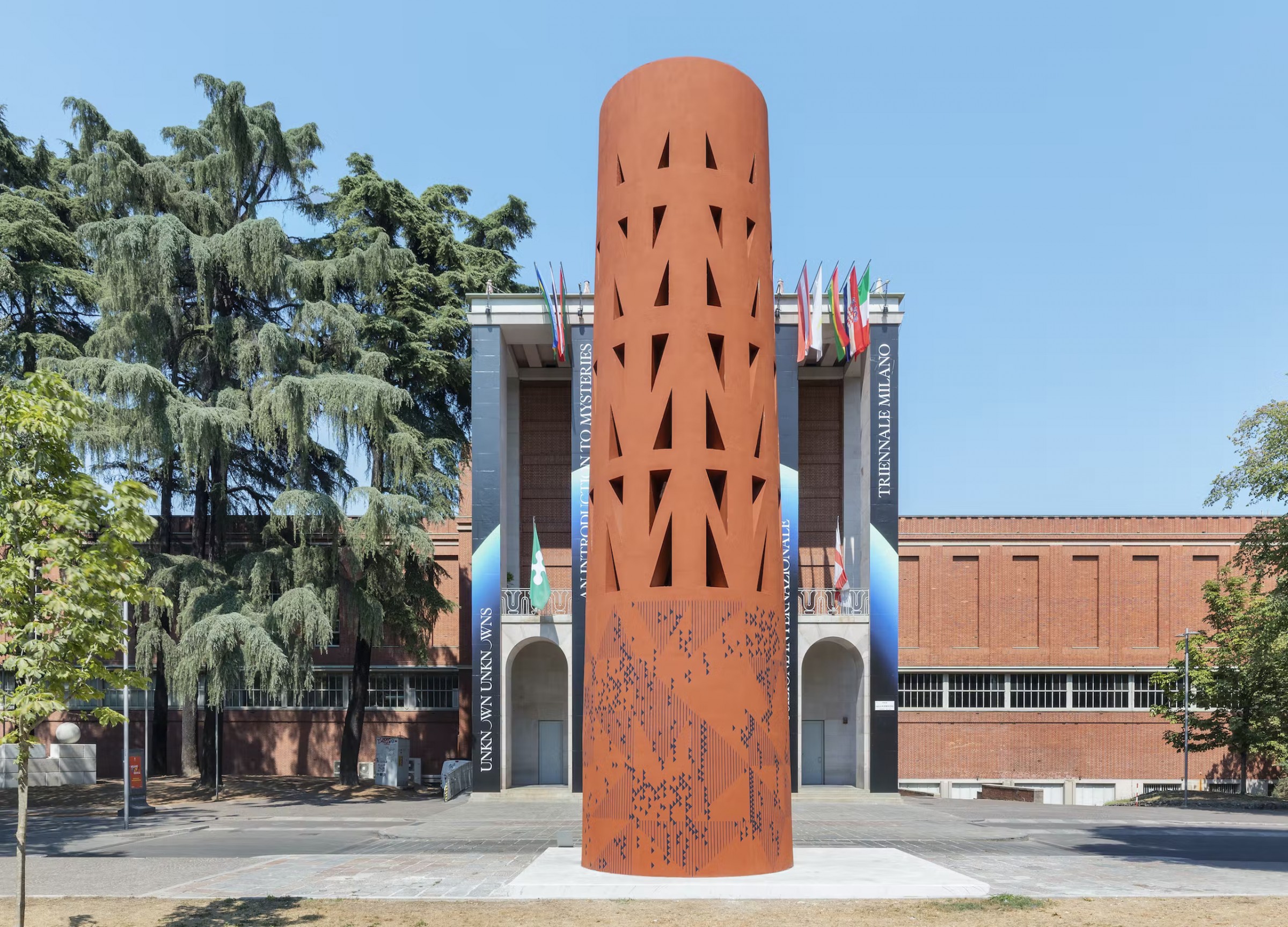
Πηγή Εικόνας: triennale.org
Το “Planeta Ukrain”, στο ουκρανικό περίπτερο της έκθεσης, είναι ένα έργο πολλαπλών τοποθεσιών στους εσωτερικούς και εξωτερικούς χώρους της Τριενάλε, το οποίο αποτελεί ένα από τα πιο πολιτικά έργα της φετινής διοργάνωσης. Σε επιμέλεια του συγγραφέα Gianluigi Ricuperati με την ηθοποιό Lidiya Liberman και την πιανίστα Anastasia Stovbyr, το περίπτερο παρουσιάζει μια επισκόπηση της σύγχρονης ουκρανικής κουλτούρας, αγγίζοντας πολλά διαφορετικά πεδία δημιουργίας ενός κράτους που βρίσκεται σε πόλεμο(!).
Τέλος, η εγκατάσταση “Mondo Reale”, σε επιμέλεια Hervé Chandès και σύλληψη Formafantasma, είναι μια εξερεύνηση του πραγματικού κόσμου στο μεταίχμιο του υπερβατικού-ονειρικού. Κινηματογράφος, ζωγραφική, φωτογραφία, design και γλυπτική, εξερευνούν στην παρούσα εγκατάσταση την πραγματικότητα ως ονειροπόληση, τονίζοντας τη δυνατότητα δημιουργίας μιας συλλογικής μνήμης μέσα από μορφές τέχνης και όχι από το άμεσο βίωμα, καταργώντας ίσως έτσι τα όρια της εμπειρίας σε έναν κόσμο διαρκώς δικτυωμένο.
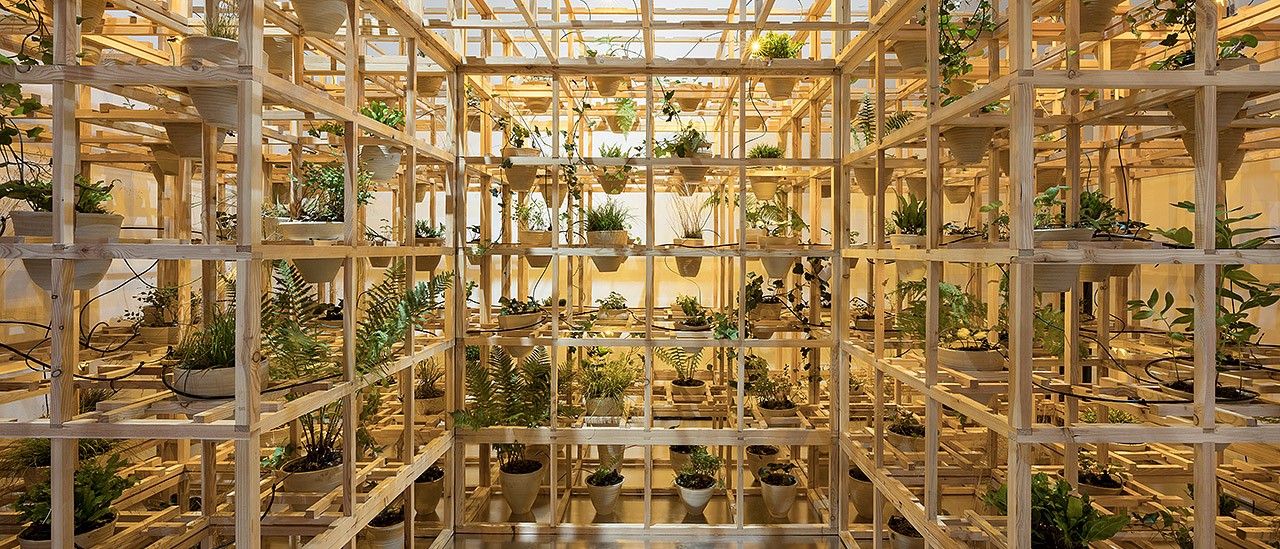
Πηγή Εικόνας: bie-paris.org
Η 23η Triennale di Milano ολοκληρώνεται τον Δεκέμβρη. Στους 5 μήνες που διήρκεσε, η “Unknown Unknowns” κατάφερε μια σημαντική καθολική ώσμωση τεχνών και επιστημών, με στόχο την εισαγωγή στα μυστήρια του ανθρώπινου πολιτισμού, διερευνώντας ουσιαστικά τις επιπτώσεις των ανθρώπινων αφηγημάτων στο παρόν αλλά και στο άμεσο μέλλον.




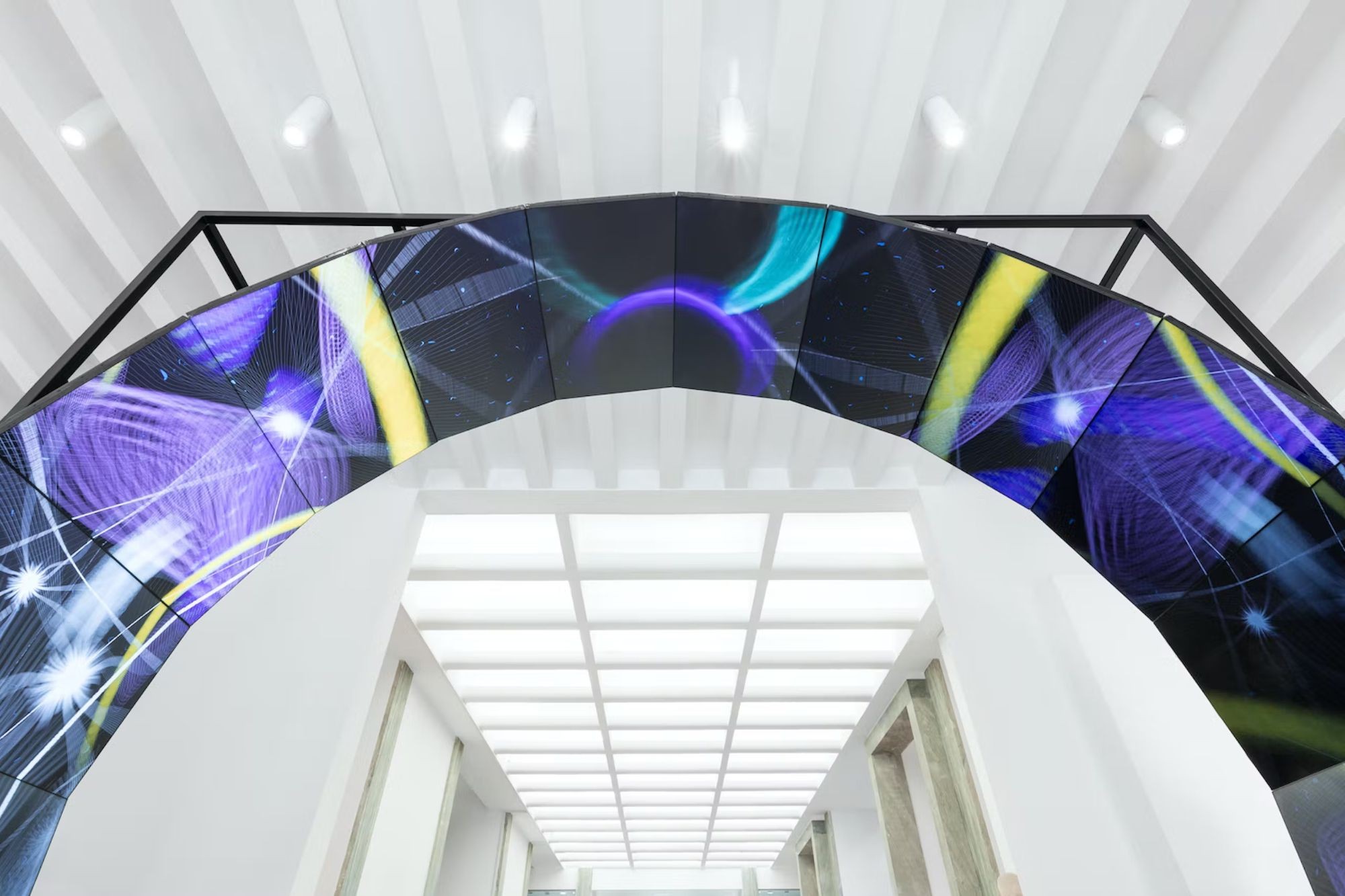
.jpg)

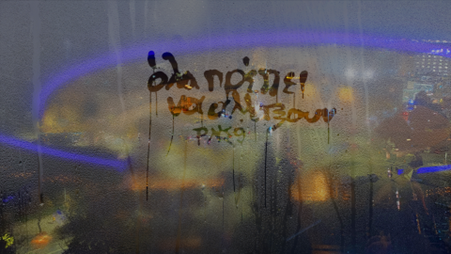
.jpeg)